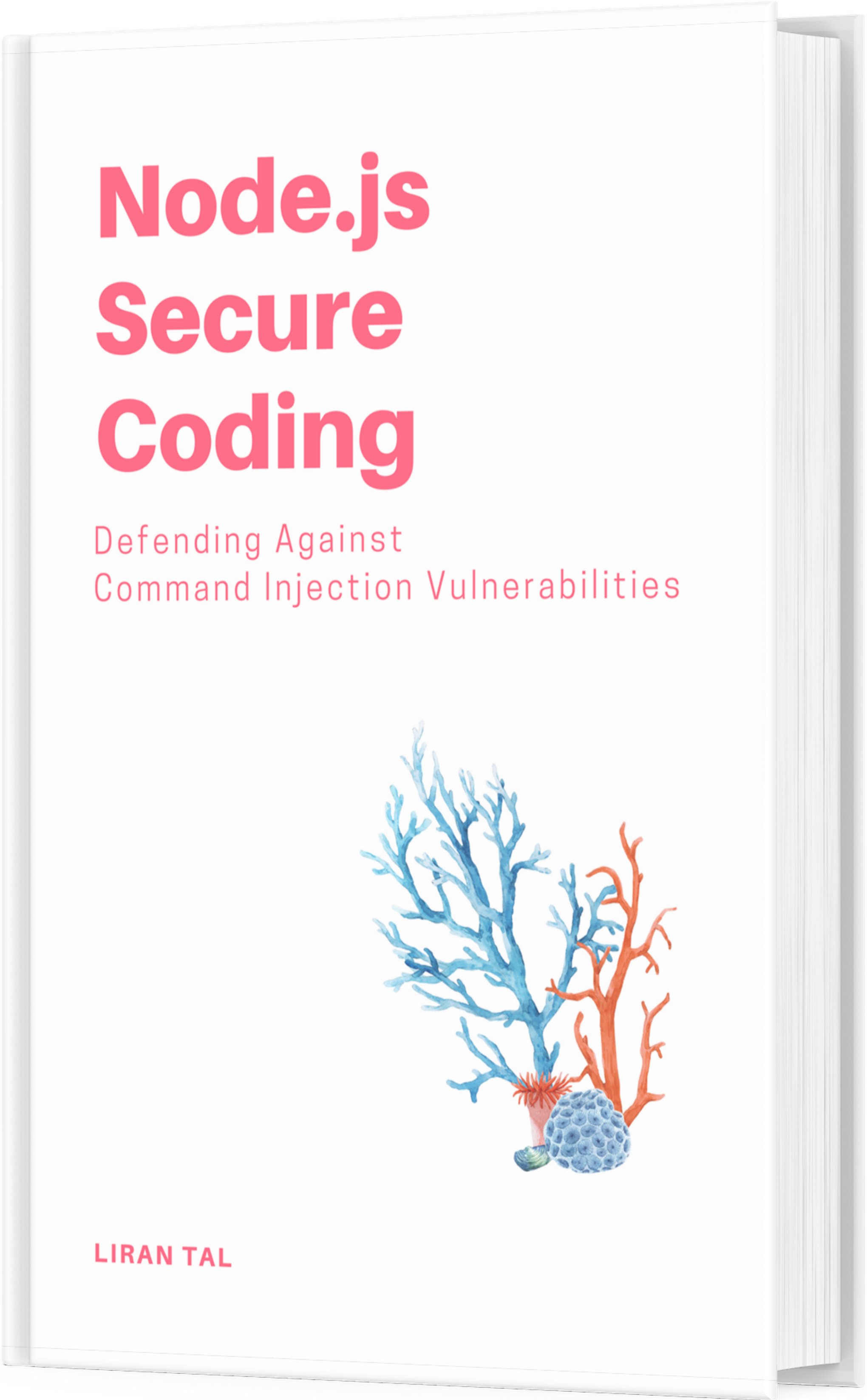~ 5 min read
Themes to Unlock Agentic Development for Software Engineers

Agentic coding assistants in the forms of IDE extensions are becoming increasingly popular among developers but they’re likely just a milestone in the evolution of LLM-powered software engineering which will truly be AI-native. In this article, I want to unpack some AI-centric trends in software development and lean in to the future of what they would translate to in terms of the role of an engineer.
The overall themes are:
- From IDE to ADE
- Autonomous Execution
- From DX to AX
From IDE to ADE
As developers, we’ve been using editors in the very early age of software engineering, from simplistic text editors to sophisticated Integrated Development Environments (IDEs) that provide a rich set of features to enhance our coding experience in the form of built-in debuggers, syntax highlighting, powerful code refactoring tools, and more. A lot of these capabilities are the essential building blocks of developer experience, so much so, that developers will hold tightly on to an IDE like IntelliJ’s Webstorm and refuse the switch to VS Code, as one example.
These traditional IDEs have been infused with the AI capabilities of modern LLM and post-ChatGPT 3.5 era. The simplest and most friction-free workflow to bring AI into a developer’s workflow has been to augment and extend the IDE with extensions or plugins. Tabnine and GitHub Copilot were the front-runners in this space, providing AI-powered code completion and suggestions directly within the IDE. While Tabnine existed much earlier, it was GitHub Copilot that truly popularized the concept of AI-assisted coding and demonstrated the magic of auto completion in the way that suggests full-fledged functions that are much more in-tune to the developer’s intent and the code context rather than just intellisence and smart autocompletion.
GitHub Copilot, Cline, Roocode and other AI coding assistants are specific extensions that build on top of an existing coding model that we’ve come to call the IDE.
However, the advent of AI is pushing us towards a new paradigm: the Agentic Development Environment (ADE).
What makes an IDE “agentic” ? What are some characteristics of aentic development workflows?
Autonomous Execution
In Autonomous Execution, CodeGPT (later branded to Devin) and Cursor, pioneered the concept of “YOLO”-mode in which the LLM reasons about a plan of work and then executes it in complete autonomy. For example, if the task requires installing a library, the LLM might find that said package doesn’t exist, and then suggest and auto-continue to install it. In this sense, an ADE can autonomously execute code based on the developer’s intent, without requiring manual intervention for every step. This means that the environment can understand the context and purpose of the code, allowing it to make decisions about how to proceed.
Parallel Execution
As for Parallel Execution, if you can run one task autonomously, why not run multiple tasks in parallel? This is a significant shift from traditional IDEs, which typically focus on a single task at a time. Even if you have several files opened in a a code editor, that’s more than often not for performing parallel changes in different streams of work. Achieving reliable autonomous execution of one agent could pave the road towards multiple agentic execution. An ADE will handle multiple tasks simultaneously, leveraging the capabilities of AI to manage various aspects of the development process concurrently.
Modern agentic coding tools now refer to this as “background agents” which essentially run multiple LLM-powered execution loops in the background in a non-blocking way. This frees up developers to focus their work on other tasks while the AI handles background operations, such as code generation, testing, or deployment.
From DX to AX
Development experience (DX) is still going to rule the adoption curve but it will be evaluated in the proxy of agent experience (AX) traits and performance that will eventually prevail and dictate the success of an agentic development environment and agentic workflows overall.
What goes into the mix of AX? A couple of questions that will surely translate into evaluating an agent performance could include:
- How well does the agent translate the developer’s intent into a working plan?
- How efficiently does the agent execute tasks autonomously?
Much of these questions are grounded with the underlying model (i.e: Claude Sonnet 4, vs OpenAI’s GPT-4o vs Google’s Gemini 2.5 Pro) and to an extent are beyond the developer control except the actual choice of which model to use. However, regardless of the model, the agentic capabilities and its performance with regards to the above evaluation criteria can be influenced by the developer and the agent capabilities, such as:
- Managing memory for the agent
- Providing the agent with the right context
- Tool availability and tool use
Memory, context, and tools and their level of excellency will determine the agent’s ability to perform well and ultimately the agentic experience (AX) that developers will have in and around an agentic development environment.
Where does AX leave human engineers?
This subtitle is already a loaded question, hinting the domain of “agentic engineering” which opposes that of human engineering. We’ll see how that plays out but in the mean time, the above themes are already unfolding in different forms and shapes, whether this is Claude Code CLI, or Cursor’s background agents, ultimately dictating the shift in roles and responsibilities of software engineers.
As the current trend unfolds, I predict a non-insignificant percent of traditional software engineering workflows such as “AI coding assistants” and scoped agentic code will be replaced by autonomous agents that can execute code autonomously, manage parallel tasks, and provide a seamless agentic experience (AX) for developers.
In that world, the role of humans will be a “human in the loop” (HITL) where the human will assume the role of an architect or “agent manager”. These master-planner humans will be responsible for high-level planning, ensuring context, security oversight, and optimizing agentic performance, while the agentic development environment handles the execution of tasks, observability and management. This shift will require developers to adapt to new tools and workflows, focusing on how to best leverage the capabilities of AI agents to enhance their productivity and creativity.
